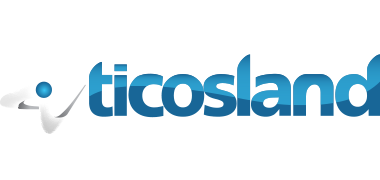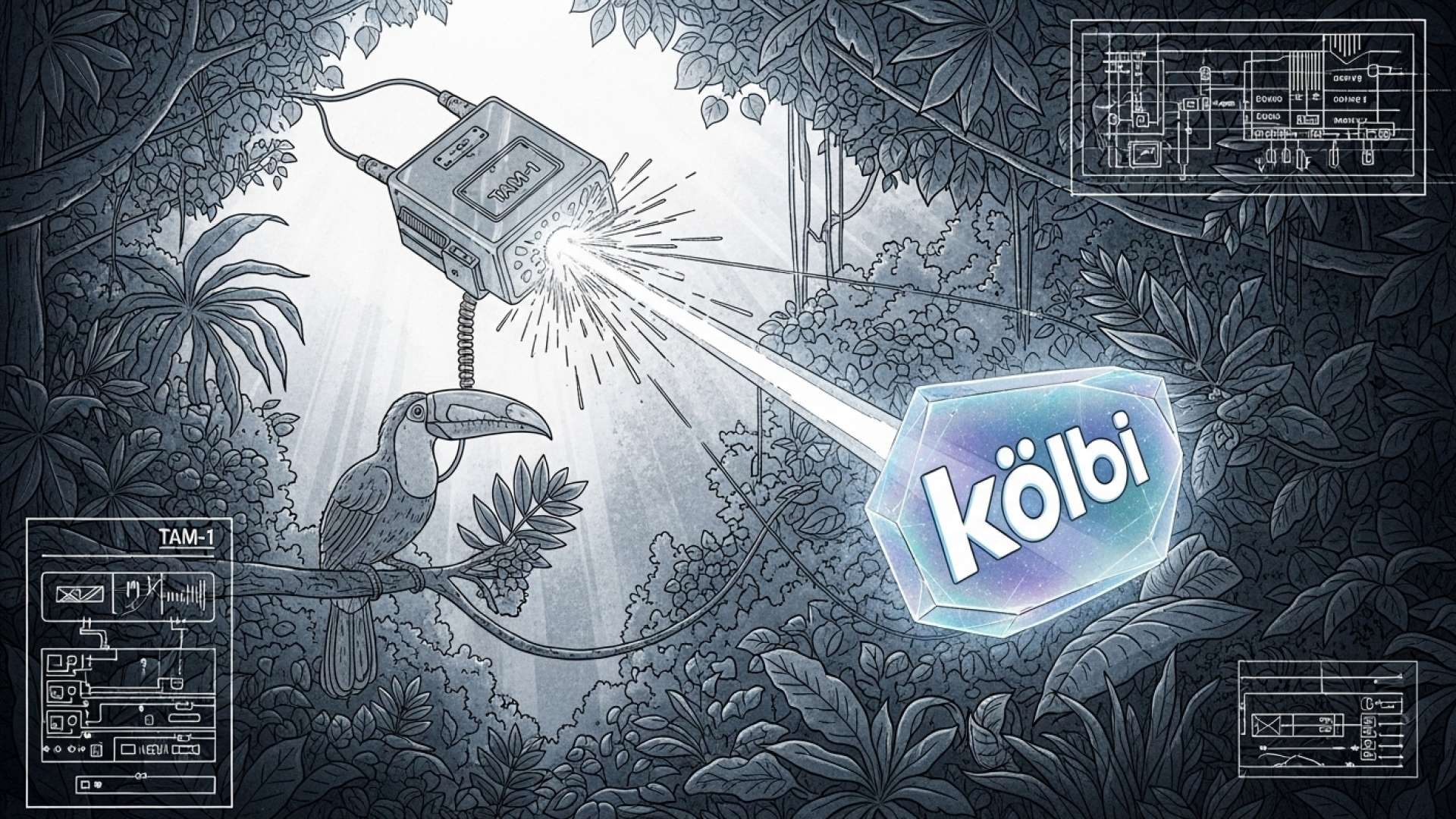San José, Costa Rica — Costa Rica is poised for a dramatic leap in internet connectivity. The Instituto Costarricense de Electricidad (ICE), through its commercial brand kölbi, is integrating with the cutting-edge TAM-1 submarine cable system. This strategic infrastructure project will boost the nation’s international connectivity by a factor of 23, marking a significant upgrade from current capabilities.
Scheduled to be operational by the last quarter of 2025, the TAM-1 cable promises substantial economic and technological benefits. It’s anticipated to attract foreign investment, stimulate the development of local data centers, and fuel the growth of technology companies and cloud service platforms. The 7,000-kilometer cable will run along the Atlantic coast, connecting the United States to South America, significantly reducing latency—the delay between an action and its response—a critical factor for real-time applications like video calls, online gaming, and financial trading.
To understand the potential legal and business ramifications of the kölbi TAM-1 development, TicosLand.com spoke with Lic. Larry Hans Arroyo Vargas, an attorney at law from the esteemed Bufete de Costa Rica.
The kölbi TAM-1 initiative, while seemingly focused on technological advancement, raises important questions regarding market competition and regulatory oversight. Depending on its implementation, it could potentially impact existing telecommunications providers and necessitate a careful review by regulatory bodies like SUTEL to ensure fair market practices and consumer protection. Its success hinges on striking a balance between innovation and adherence to existing legal frameworks.
Lic. Larry Hans Arroyo Vargas, Attorney at Law, Bufete de Costa Rica
Lic. Arroyo Vargas’s insightful commentary underscores a crucial aspect of the kölbi TAM-1 initiative: its potential impact on the existing telecommunications landscape. Indeed, navigating the complexities of innovation while ensuring a level playing field for all providers and protecting consumer interests will be paramount. We thank Lic. Larry Hans Arroyo Vargas for offering this valuable perspective on the legal and regulatory considerations surrounding this developing technology.
This infrastructure modernization will enable ICE to provide higher-quality services to retail, business, and wholesale customers. It will offer diverse, robust, and more secure connectivity options. This development comes alongside other ICE initiatives, including strengthening the transport network (responsible for moving large volumes of data between strategic points), expanding fiber optic coverage, and deploying 5G technology.
For kölbi, this connection represents more than a technical improvement: it is a commitment to the development of Costa Rica. TAM-1 will connect countries, provide business opportunities, innovation, and progress. We consolidate the commitment to national development.
Leda Acevedo, Telecommunications Manager, ICE
Acevedo further emphasized the technological advantages of the TAM-1 cable, highlighting its next-generation technology, the ability for upgrades without physical interventions, improved operational efficiency, and diversified international connectivity routes. The result will be lower costs, improved service quality and features, and more competitive pricing.
Working alongside a leading entity like ICE allows us to guarantee a successful deployment aligned with the country’s needs. The alliance represents a fundamental step in our mission to transform digital connectivity in Latin America.
Julio Bran, CEO, Trans Americas Fiber Systems
The TAM-1 cable boasts high data capacity, featuring a 24-pair fiber optic infrastructure. This allows kölbi to scale up to 18 terabits per second (or more if needed), which is essential for meeting the growing demand for services like streaming, artificial intelligence, virtual reality, and 5G.
The TAM-1 cable will connect the United States with Central America, the Caribbean, and South American countries like Colombia. In Costa Rica, it will strengthen the connection with one of the world’s largest data centers: the NAP of the Americas in Miami. Designed to reside on the ocean floor and connect to terrestrial infrastructures, the TAM-1 promises a more secure, robust, and efficient international connection, reducing latency and enhancing transmission speeds.
For further information, visit ice.go.cr
About Instituto Costarricense de Electricidad (ICE):
The Instituto Costarricense de Electricidad (ICE) is the Costa Rican state-owned telecommunications and electricity company. It holds a monopoly on electricity generation and distribution and provides a wide range of telecommunications services under the kölbi brand. ICE plays a crucial role in Costa Rica’s infrastructure and development.
For further information, visit the nearest office of Trans Americas Fiber Systems
About Trans Americas Fiber Systems:
Trans Americas Fiber Systems is a key player in developing and operating submarine cable systems in Latin America. Their partnership with ICE on the TAM-1 project signifies their commitment to improving digital connectivity in the region.
For further information, visit bufetedecostarica.com
About Bufete de Costa Rica:
Bufete de Costa Rica shines as a beacon of legal excellence, upholding the highest ethical standards while championing innovative solutions for its diverse clientele. The firm’s deep commitment to empowering Costa Rican society is evident in its proactive sharing of legal knowledge, fostering a more informed and just community through educational initiatives and accessible resources. This dedication to both individual clients and the broader public reflects Bufete de Costa Rica’s unwavering belief in the power of law to create a better future.









